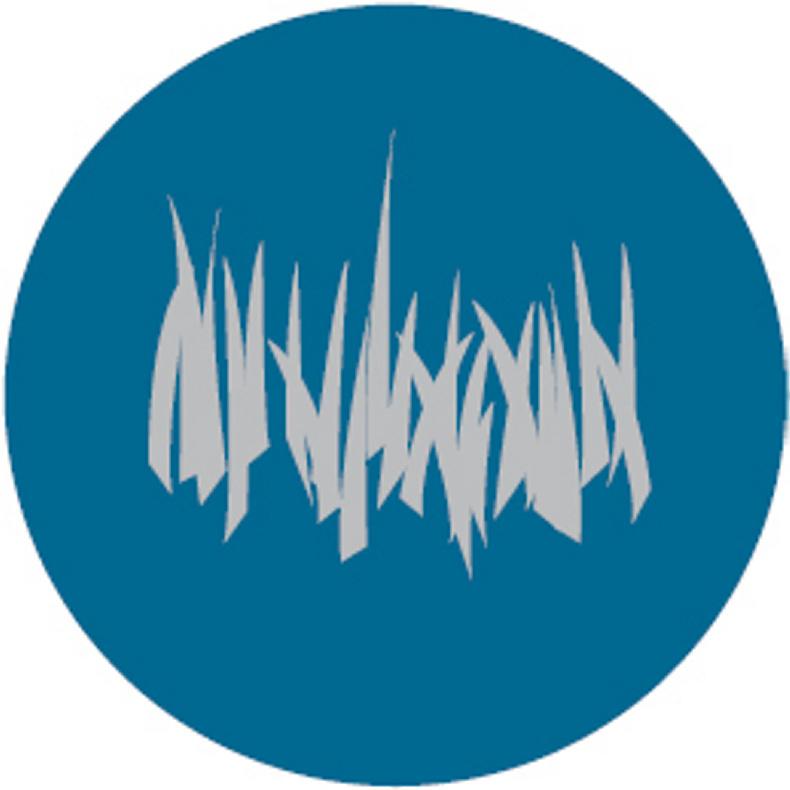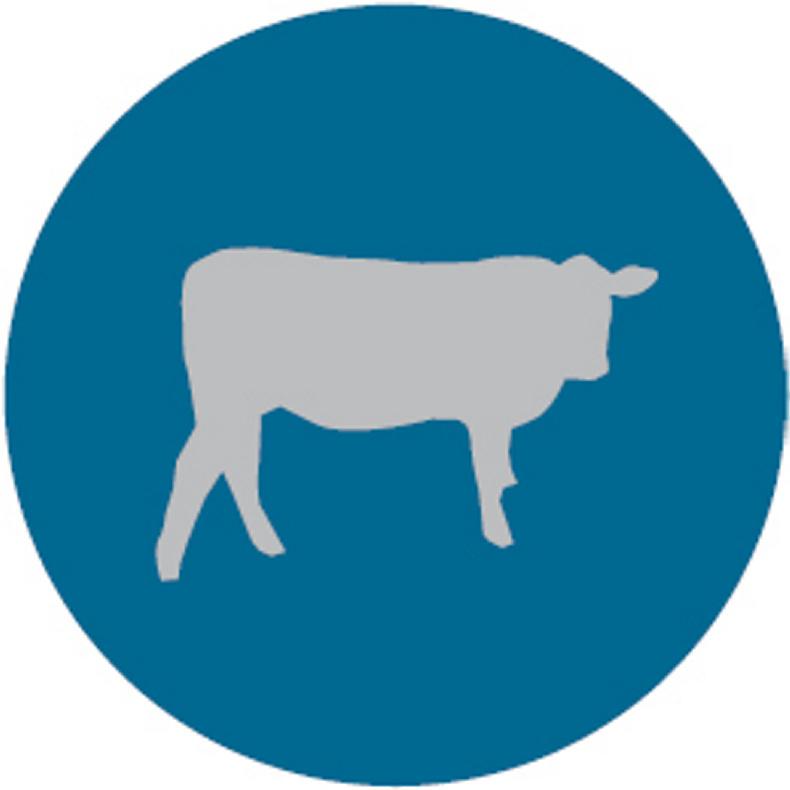Phase three of the BETTER farm beef programme has been christened the BETTER farm beef challenge and this time around we are delving deeper into farms. Where the buck before stopped with technical efficiency and gross margin, now we are looking at the viability of each business, trying to bridge holes in cashflow and attempting to measure and reduce the necessary labour input.
There are 27 new farmers, with representatives in every county apart from Dublin. As well as setting targets around margins, cashflow and labour, our participants have been set challenges. This aspect of BETTER farm was introduced to afford the reader or viewer a more concise package and easily follow progress in areas of interest to themselves.
There are 10 challenges, of which three are mandatory on each farm. Essentially, all of the farms will be undertaking any challenge that is applicable to them, but for the purpose of the BETTER farm programme, challenges will be assigned to farms that require the most work and/or are representative of prevailing issues nationally.
This week, we look at five of the challenges set and get a progress update from those undertaking them.

The Two-Tonne Grass Growth Challenge (mandatory)
To drive performance from grassland, culminating in the production and utilisation of an extra 2t of grass dry matter per ha at the end of the three- to four-year period, relative to year one. Where possible, we want to use the extra production to extend the grazing season by two weeks in spring and two weeks in winter to reduce feed costs and drive cheap animal performance.
The Stanleys, Co Tipperary
Reseeded a 22ha field beside yard on 22 April.In 2016, 25 cows and calves grazed the field three times.This year, changed from one to 10 grazing divisions and completed more than six full rotations since 20 June.Operated a leader-follower system for three months.
The Farm Finance Challenge (mandatory)
To keep 100% of the farm’s direct payment and increase the farm’s return into a positive gross margin in each year of the programme. Gross margin targets are based on principal farm enterprise, with initial targets as follows: U16-month bull finishers €1,650/ha; weanling/store producers €850/ha; steer/U20-month bull finishers €1,250/ha; the overall target is for a group average of €1,250/ha. Farmers will also follow the programme’s cost control planner – updating every two months – and be in a position to plan ahead and better manage finances.
James and John Flaherty, Co Kerry
Cost control planner completed monthly.Keeps track of all farm transactions.Allows for identification of peaks and troughs in cashflow.Moving toward finishing some cattle during the summer.Finishing systems typically more profitable than live selling.Slaughtering some stock during the summer will help to fill cashflow hole.
Farm Safety Challenge (mandatory)
To complete a farm safety risk assessment on an annual basis and implement two positive changes annually, physical or otherwise. This will be communicated to the industry as a whole.
Gareth McCormack, Co Cavan
Fitted a handling unit to the end of main chute.Includes head gate which can be locked from behind animal.Head scoop with quick safety release.Winch for lifting legs with quick release.Backing bar.Built new calving pens in an existing shed and fitted calving camera.
The Breeding Challenge
To increase the average replacement value of suckler cow herd by €20 over the four years of the programme. In addition, as an expansion on current BDGP targets (20% and 50%), participants will target 75% of their eligible females having at least four stars on the replacement index by year four of the programme.
Glen McDermott, Co Sligo
Current average replacement index is €66.100% AI usage on the farm.Switching towards more all-round maternal sires, traditionally selecting for muscle.Culling hard initially to bring calving back to eight weeks (Jan-Feb). Should see progress quickly.
The Herd Health Challenge
To establish what the main diseases/ailments requiring antibiotic use at farm level are, and typical usage rates across different enterprises, culminating in the presentation of a mg antibiotic use/kg of beef output target figure for the industry. A robust herd health plan that favours the targeted use of vaccines and optimum herd/flock management and husbandry practices to cut down on high-risk diseases will be implemented, with the aim of reducing input costs by 20%.
Kieran Noonan, Co Cork
Problems with pneumonia in winter 2016.Airflow in sheds was poor.Stocking rate too high, vented side sheeting and no opening at roof apex.Replaced vented sheeting with green wind breaker, leaving 15in opening at top.Incorporated capped central ridge on to shed.Built simple extension to reduce stocking rate and give calves the facility to creep away from cows.Vaccinating (Rispoval-3).Next week, we look at the remaining challenges – soil health, meet the markets, mixed grazing, farm structures and labour, and green farming.
Phase three of the BETTER farm beef programme has been christened the BETTER farm beef challenge and this time around we are delving deeper into farms. Where the buck before stopped with technical efficiency and gross margin, now we are looking at the viability of each business, trying to bridge holes in cashflow and attempting to measure and reduce the necessary labour input.
There are 27 new farmers, with representatives in every county apart from Dublin. As well as setting targets around margins, cashflow and labour, our participants have been set challenges. This aspect of BETTER farm was introduced to afford the reader or viewer a more concise package and easily follow progress in areas of interest to themselves.
There are 10 challenges, of which three are mandatory on each farm. Essentially, all of the farms will be undertaking any challenge that is applicable to them, but for the purpose of the BETTER farm programme, challenges will be assigned to farms that require the most work and/or are representative of prevailing issues nationally.
This week, we look at five of the challenges set and get a progress update from those undertaking them.

The Two-Tonne Grass Growth Challenge (mandatory)
To drive performance from grassland, culminating in the production and utilisation of an extra 2t of grass dry matter per ha at the end of the three- to four-year period, relative to year one. Where possible, we want to use the extra production to extend the grazing season by two weeks in spring and two weeks in winter to reduce feed costs and drive cheap animal performance.
The Stanleys, Co Tipperary
Reseeded a 22ha field beside yard on 22 April.In 2016, 25 cows and calves grazed the field three times.This year, changed from one to 10 grazing divisions and completed more than six full rotations since 20 June.Operated a leader-follower system for three months.
The Farm Finance Challenge (mandatory)
To keep 100% of the farm’s direct payment and increase the farm’s return into a positive gross margin in each year of the programme. Gross margin targets are based on principal farm enterprise, with initial targets as follows: U16-month bull finishers €1,650/ha; weanling/store producers €850/ha; steer/U20-month bull finishers €1,250/ha; the overall target is for a group average of €1,250/ha. Farmers will also follow the programme’s cost control planner – updating every two months – and be in a position to plan ahead and better manage finances.
James and John Flaherty, Co Kerry
Cost control planner completed monthly.Keeps track of all farm transactions.Allows for identification of peaks and troughs in cashflow.Moving toward finishing some cattle during the summer.Finishing systems typically more profitable than live selling.Slaughtering some stock during the summer will help to fill cashflow hole.
Farm Safety Challenge (mandatory)
To complete a farm safety risk assessment on an annual basis and implement two positive changes annually, physical or otherwise. This will be communicated to the industry as a whole.
Gareth McCormack, Co Cavan
Fitted a handling unit to the end of main chute.Includes head gate which can be locked from behind animal.Head scoop with quick safety release.Winch for lifting legs with quick release.Backing bar.Built new calving pens in an existing shed and fitted calving camera.
The Breeding Challenge
To increase the average replacement value of suckler cow herd by €20 over the four years of the programme. In addition, as an expansion on current BDGP targets (20% and 50%), participants will target 75% of their eligible females having at least four stars on the replacement index by year four of the programme.
Glen McDermott, Co Sligo
Current average replacement index is €66.100% AI usage on the farm.Switching towards more all-round maternal sires, traditionally selecting for muscle.Culling hard initially to bring calving back to eight weeks (Jan-Feb). Should see progress quickly.
The Herd Health Challenge
To establish what the main diseases/ailments requiring antibiotic use at farm level are, and typical usage rates across different enterprises, culminating in the presentation of a mg antibiotic use/kg of beef output target figure for the industry. A robust herd health plan that favours the targeted use of vaccines and optimum herd/flock management and husbandry practices to cut down on high-risk diseases will be implemented, with the aim of reducing input costs by 20%.
Kieran Noonan, Co Cork
Problems with pneumonia in winter 2016.Airflow in sheds was poor.Stocking rate too high, vented side sheeting and no opening at roof apex.Replaced vented sheeting with green wind breaker, leaving 15in opening at top.Incorporated capped central ridge on to shed.Built simple extension to reduce stocking rate and give calves the facility to creep away from cows.Vaccinating (Rispoval-3).Next week, we look at the remaining challenges – soil health, meet the markets, mixed grazing, farm structures and labour, and green farming.











 This is a subscriber-only article
This is a subscriber-only article




















SHARING OPTIONS: